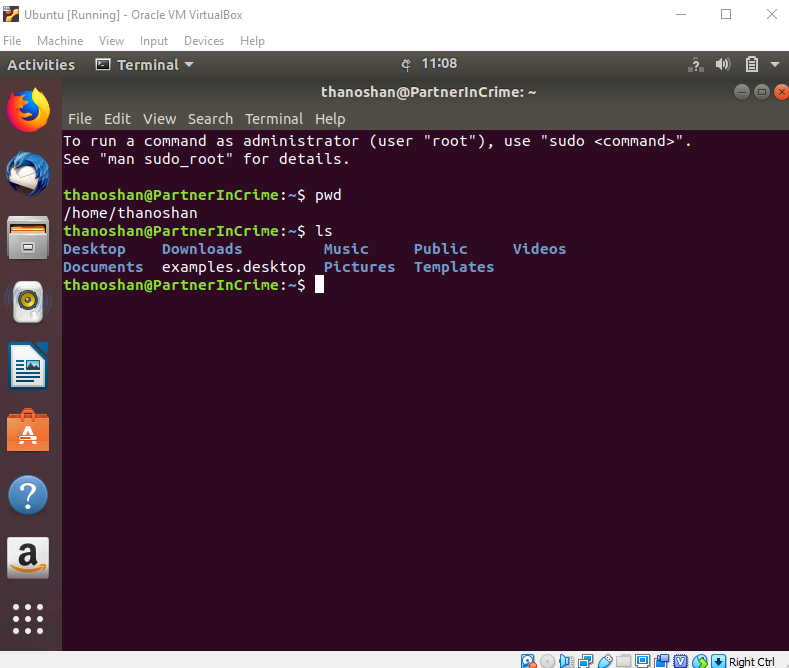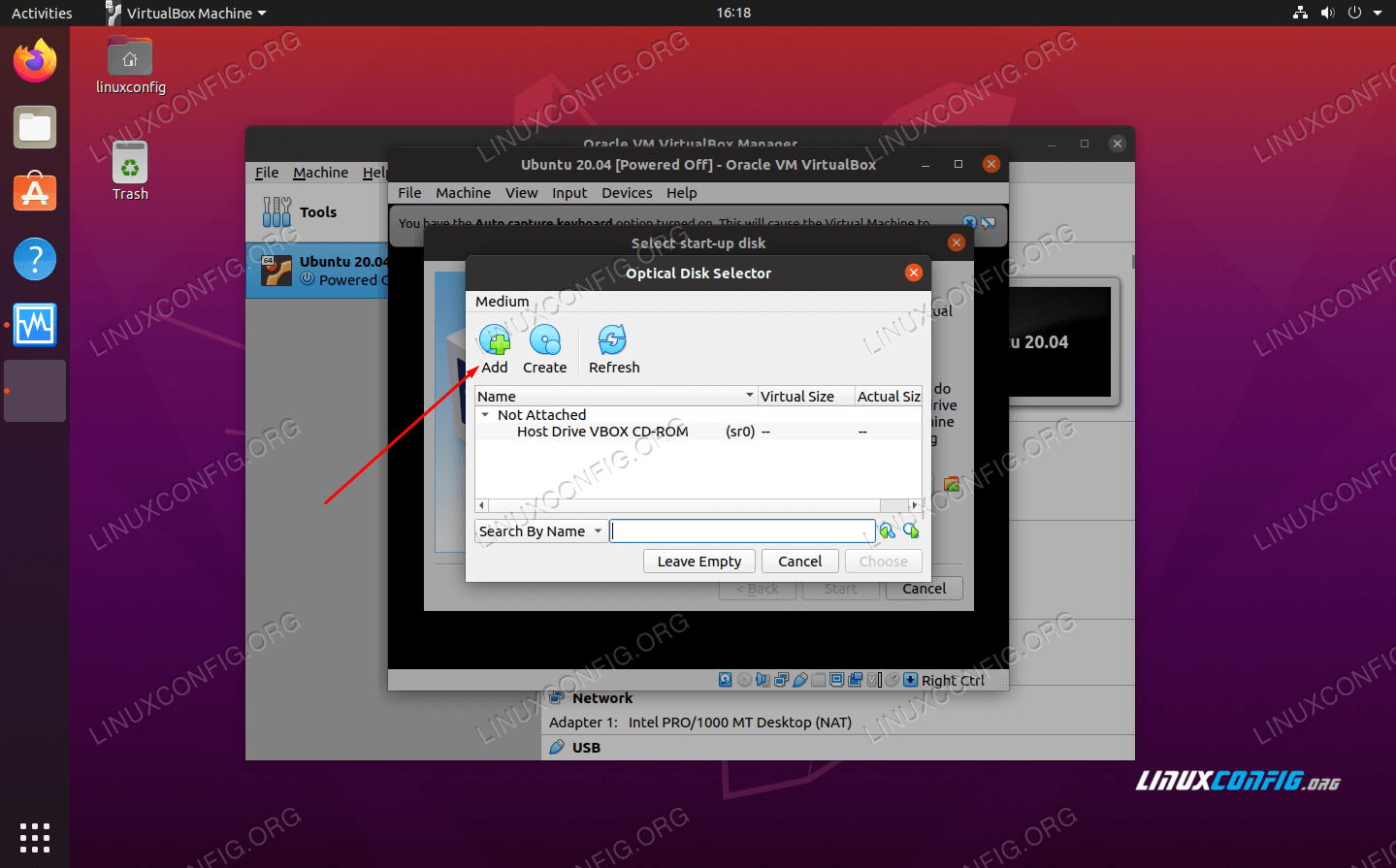

The advantages to setting up a dual boot are the secondary operating system, Ubuntu in this case, can have full access to the system resources. In our case we could load Ubuntu on our Mac instead of OS X. When booting up the computer, the user is given the option as to which operating system to load. With a dual boot system the operating system is installed to a seperate partition on the hard drive, or a seperate hard drive all together. Nevertheless we will take a very quick look at a comparison of the two options. There are pros and cons to each method, however a virtual machine will be plenty adequate for most dual operating system requirements.


We will be using the virtual machine method in this tutorial. We can either setup a dual boot or we can run Ubuntu as a virtual machine. There are two ways that we can run Ubuntu on the Mac.
#Ubuntu for mac virtualbox download install
We will also install Guest Additions, allowing easy drag and drop between your dual operating systems. This simple illustrated guide will get you up and running with Ubuntu Desktop on your Mac.


 0 kommentar(er)
0 kommentar(er)
